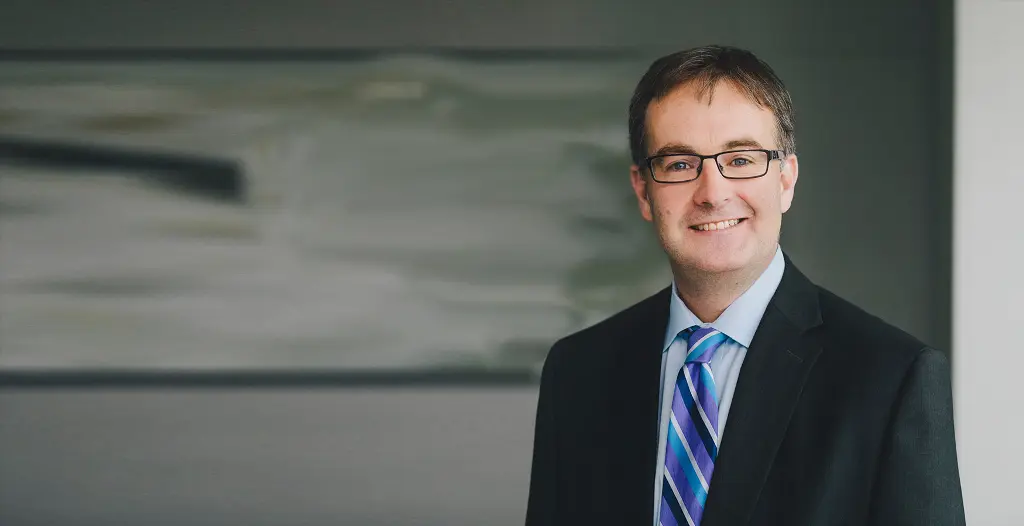OEB Decision Confirms Policy and Treatment of Behind-the-Meter Storage Is a Topic for the Responding to DERs Consultation

A recent decision by the Ontario Energy Board (OEB) in Toronto Hydro’s “Custom IR” rate application confirms that utilities wishing to include behind-the-meter storage in their regulated operations should seek policy changes in the OEB’s ongoing Responding to Distributed Energy Resources (DERs) consultation. Specifically, in response to a proposal by Toronto Hydro to facilitate customer-funded behind-the-meter battery storage, the OEB indicated that current policies do not view behind-the-meter storage as a regulated utility activity, and that the Responding to DERs consultation “is the appropriate forum to consider the role of distributors for customer-specific ESS [energy storage systems] and whether any regulatory policies should be amended” (see page 115). The OEB made a similar decision in response to a proposal in Toronto Hydro’s case by the “Distributed Resource Coalition” (DRC) to have the OEB consider electrified transportation DERs as potentially eligible distribution investments “where they are economic, prudent and facilitate long-term customer efficiency” (page 122).
As discussed in an earlier post, the Responding to DERs consultation is looking at how the electricity sector in Ontario should respond to DERs and encourage utilities and regulated service providers to “embrace innovation” in their operations and customer service. The stated aim of the consultation is “to develop a more comprehensive regulatory framework that facilitates investment and operation of DERs on the basis of value to consumers and supports effective DER integration so the benefits of sector evolution can be realized.”
In September 2019, the OEB hosted a three-day stakeholder meeting for the Responding to DERs consultation to hear stakeholder input on “foundational questions” such as the problems or issues to be addressed and the objectives that the consultation should aim to achieve. The OEB made clear that the objective of the stakeholder meeting was not to find solutions, but instead to discuss and identify the questions that need to be defined and addressed by the OEB. During the course of the stakeholder meeting (which was transcribed), more than 20 parties made presentations or submissions.
A Facilitation Report published on the OEB website summarizes “interrelated trends and themes [that] emerged during the stakeholder meeting that reflect a general alignment on the issues and questions that need to be addressed as part of the consultation process on DERs and utility remuneration.”
One of the noted “themes” in the Facilitation Report was the role of LDCs (electricity distributors) in DERs, specifically “what activities should distributors be permitted to be engaged in?”. In this regard, parties agreed that the role of LDCs (including affiliates) in competitive activities needs clarity, and proposed a number of sub-issues to be addressed. Presumably, the questions and issues related to these questions will support review of what policies, if any, should be changed to support LDC involvement in behind-the-meter storage activities.
Following the September 2019 stakeholder meeting, parties filed written comments. According to the OEB’s July 2019 process letter, the next step is for OEB staff to provide a report describing stakeholder perspectives and setting out a proposal outlining objectives, issues and guiding principles for the Responding to DERs consultation to proceed. There is no public indication about when the OEB staff report will be published.

